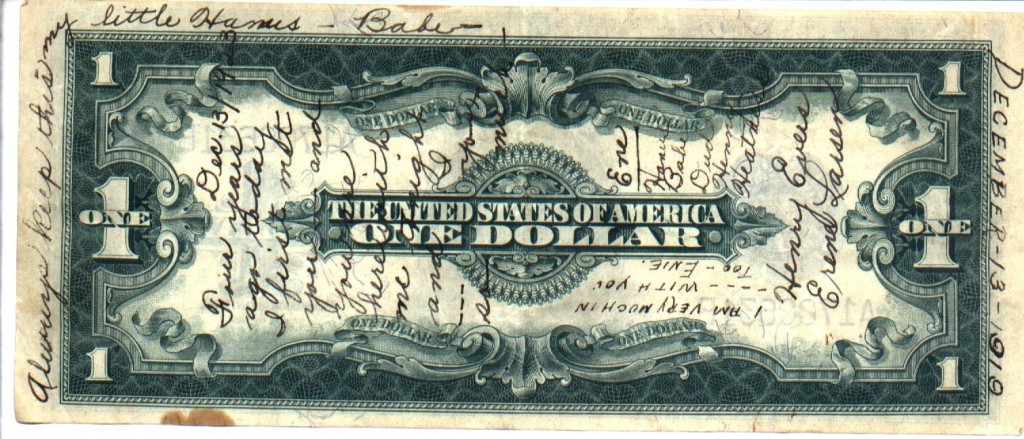|
In the sixteen hundreds, young men in Wales would carve a wooden kitchen spoon for the young lady they were interested in or courting. Some were made so large and elaborate that they were not even utilitarian anymore and became wall decorations. Symbols were carved in these spoons to show feelings of love (hearts), interest in marriage (bell), and even how many children were wanted (round movable balls carved within a rectangular housing). These spoons were carved from on piece of wood and the elaborate ones had moving parts such as chain or these caged balls. These movable parts demonstrated the suitor’s skills to both the young lady and her father.
Coin love tokens too share a symbolism. Hearts still mean love and other symbols were added as well. There was a blue bird for happiness. Some birds were even shown carrying a letter or love note, much like a homing pigeon finding its way home. Flowers could mean luck (clover), love (roses and others), and enduring affection (forget-me-not). An image of a horseshoe too bestows luck on the bearer. Clasped hands symbolized a union and potentially a marriage.
Many images had meanings while others were purely decorative. Landscapes were widely popular. Although decorative, some could have marked a day spent in the country. Those landscapes with lighthouses could have also had double meaning as a person there to safeguard like the lighthouse protects ships. An image of a church in the landscape could have signaled marriage. The answers are held secret in the engravings, lost to today’s onlookers.
Thankfully for today’s love token collector, the parameters of appropriate gifts eased up and we have these bygone tokens of love to admire and collect. Jewelry too became acceptable with promise rings and engagement rings. There are even love token rings made from either silver or gold coins.
It is important for the coin love token collector to understand the broader definition of love tokens. While at coin shows, everybody understands the type of love token being sought, but at antique shows, it is a whole other matter with people specializing in Valentines, thimbles, etc… Ours is not the only kind and it is always a good idea to be respectful of other peoples collecting interests.
 Question: Is this a love token? This is not on a coin of the realm, but on currency none the same. It is not engraved but inscribed. The answer: Yes, in the broader traditions this is a love token. It was given with love and carries a sentiment toward the recipient. It was intended as a keepsake to remember the givers.
|